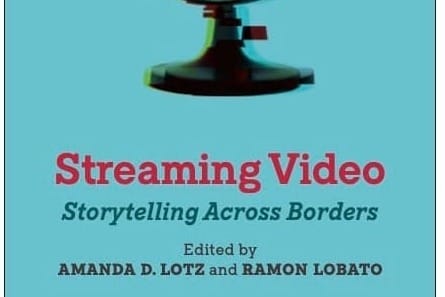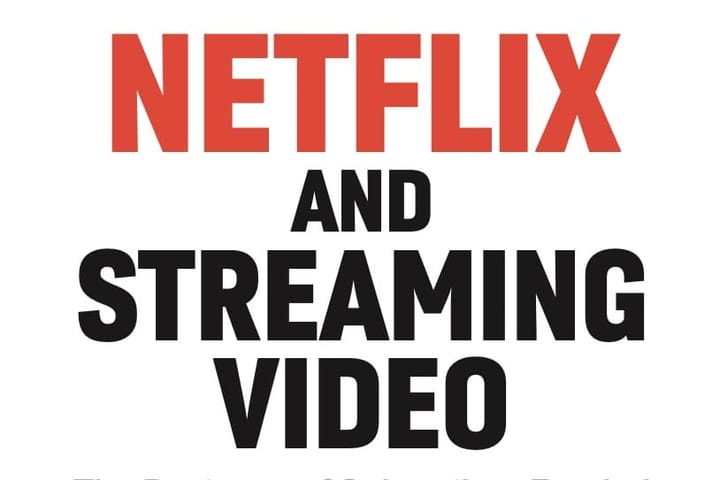After Mass Media explores how developments of the last 20 years challenge the role of audiovisual dramas - fictional series and movies - in constituting societies.
After Mass Media explores how developments of the last 20 years challenge the role of audiovisual dramas - fictional series and movies - in constituting societies. Television and movies have long played a role in society-making whether supporting the idea of national societies constructed through a blend of formal government powers and "imagination" or the quotidian societies we are born into, choose to belong to, or observe in our surroundings.
But the screen stories available through the twentieth century - especially for in-home viewing - were narrowly circumscribed by technologies that afforded limited choice and industrial practices that required attracting a mass audience. A mix of technological and industrial adjustments coalesce at the turn of the century to significantly redefine the business of producing and circulating screen stories and expand the range of commercially viable stories that can be made and watched globally. This book connects those industrial changes to particular titles and trends in storytelling to illustrate an expansion in the storytelling universe and begins to build frameworks for theorizing the cultural implications.
While global streaming services have often been hailed as game- changers in the industry, After Mass Media goes deeper to unveil the significant forces of change that predate their arrival. By examining the internationalization of screen businesses and the rise of streaming services with multi-territory reach, this book sheds light on the profound transformations in television and film production and circulation on a global scale.
With a keen focus on major changes in the types of screen stories being told, After Mass Media unravels the industrial roots that made these transformations possible. Through its comprehensive analysis, the book exposes how contemporary industrial dynamics, particularly the erosion of traditional distribution models based on geography and time, have far-reaching implications for our understanding of national video cultures and resurrected concerns about national content.




